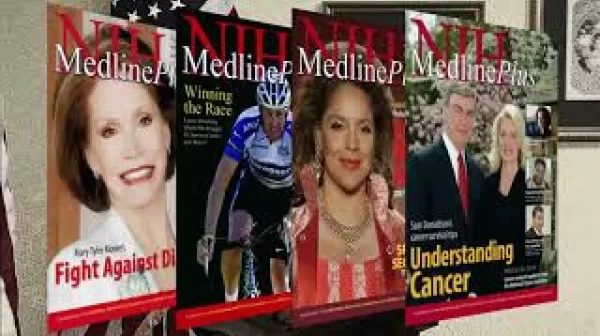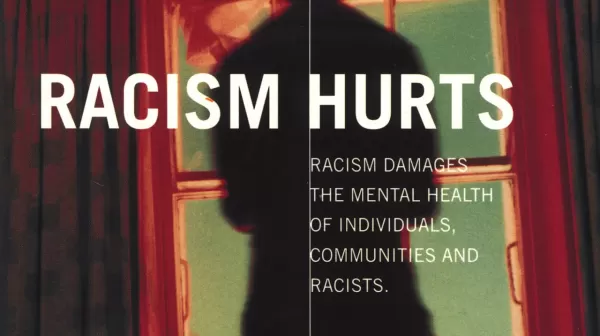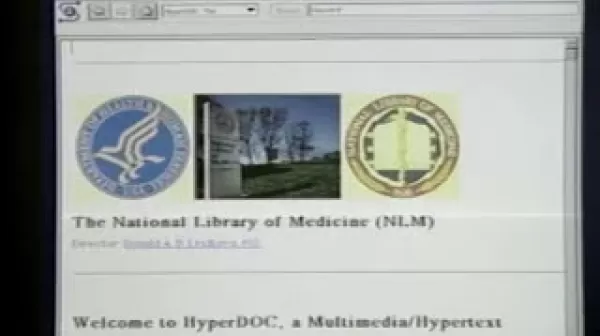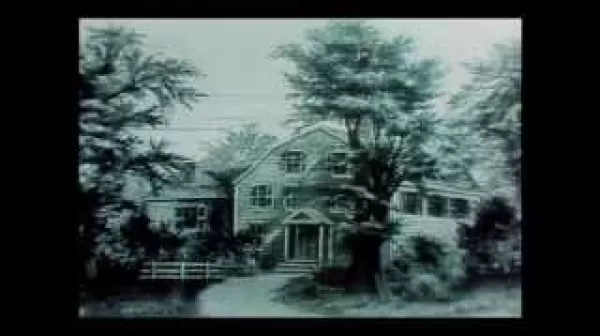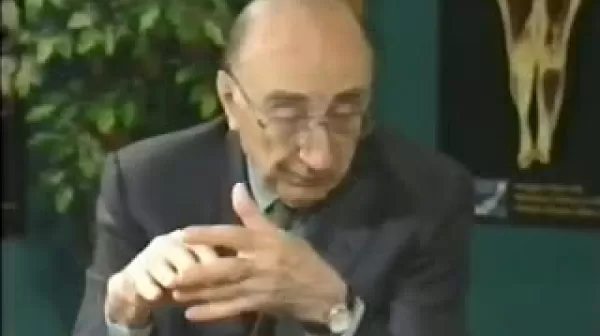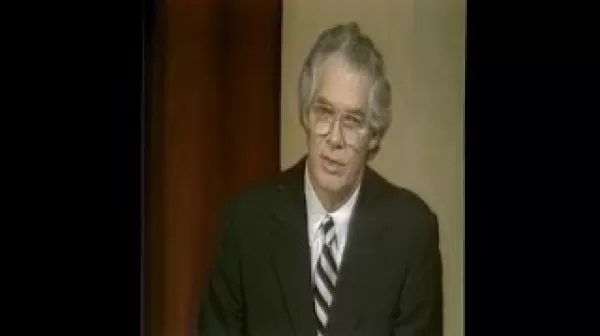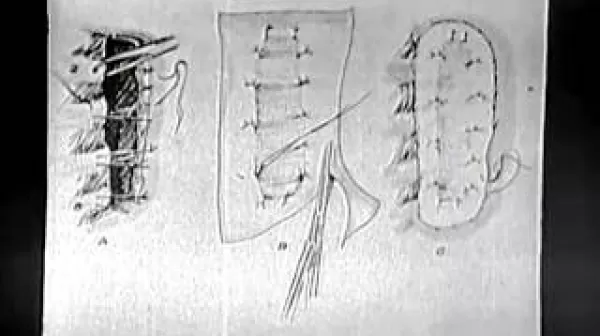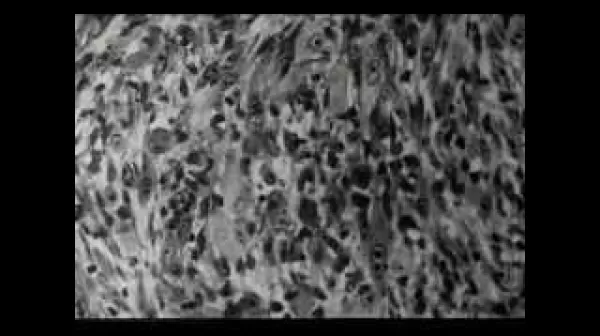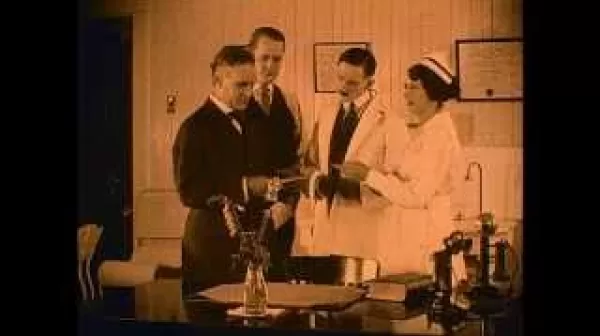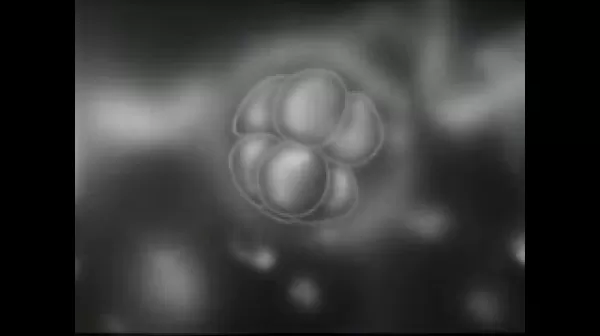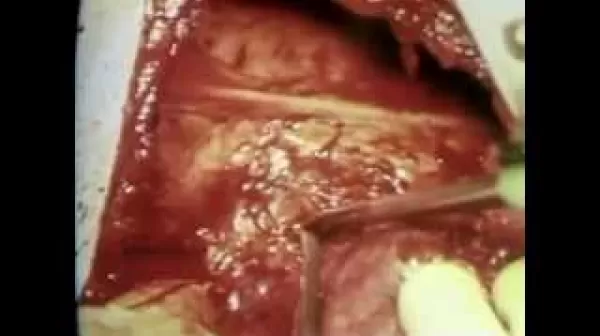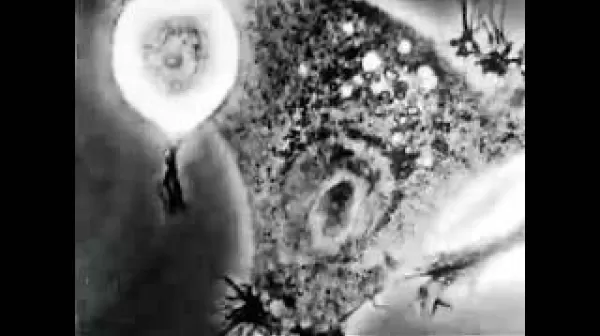NLM 175th Anniversary (National Library of Medicine, 2011)
Celebrates the 175th anniversary of the founding of the institution that would become the National Library of Medicine. Starting with the swearing-in of Dr. Donald A.B. Lindberg, then looking back, the video traces the development of the library from the days of Dr. John Shaw Billings in the late 1800s through the establishment of the National Center for Biotechnology Infomation in 1988 and beyond to its accomplishments through 2011.

